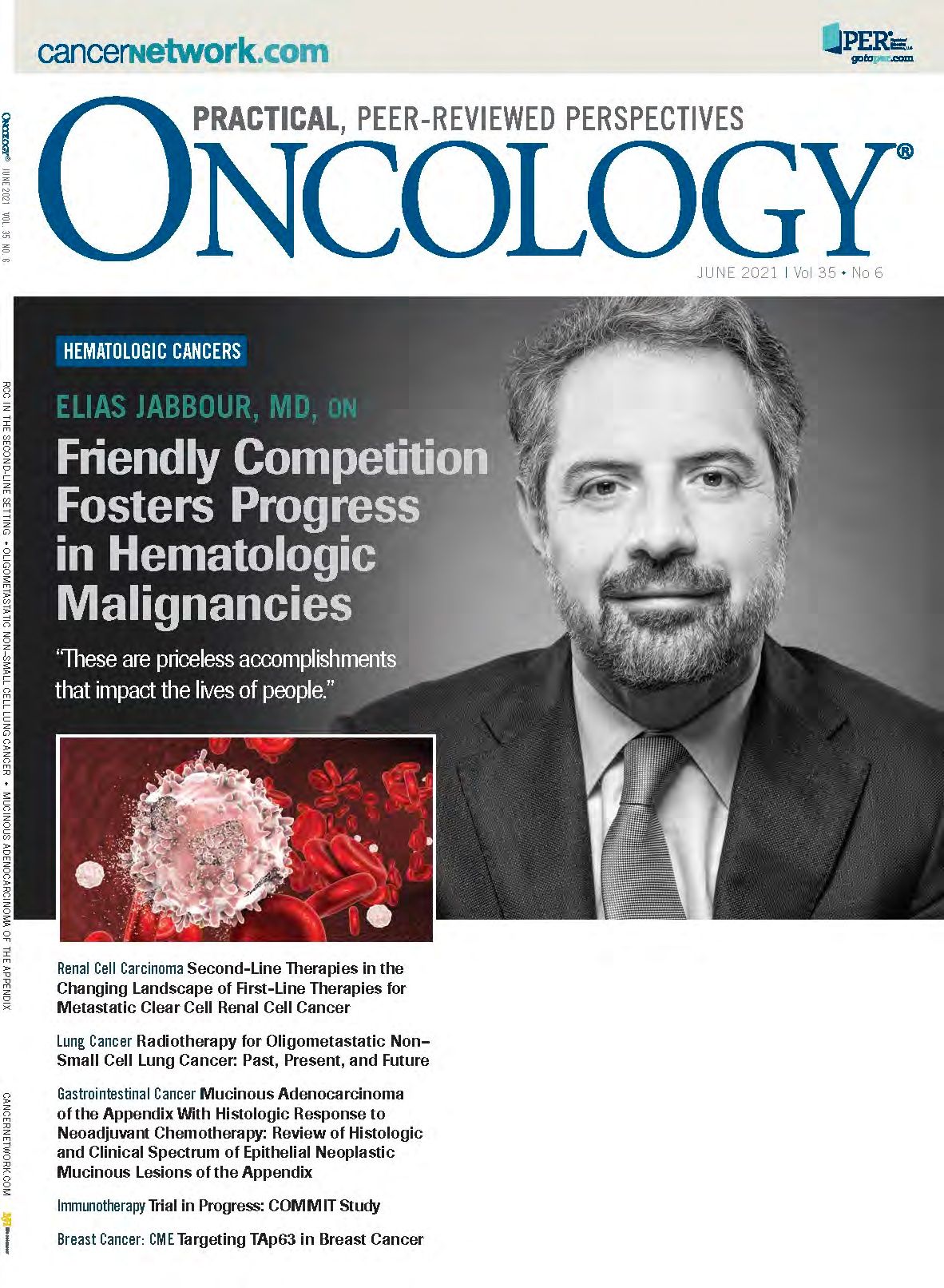The Future of Oncology: Supply and Demand for Oncology Services
Co-Editor in Chief of the journal ONCOLOGY discusses how potential shortages in oncology clinicians could influence the treatment of cancer going forward.
A landmark study published in 2007 by the American Society of Clinical Oncology (ASCO) predicted a major shortfall of medical oncologists by the year 2020.1 This study, which was done in conjunction with the Association of American Medical Colleges (AAMC), surveyed hematology/oncology (hem/onc) fellows who were starting their training, fellows who had just completed their training, oncology fellowship program directors, and about 4000 practicing oncologists in the United States. The study also used National Cancer Institute (NCI) analyses of Medicare data to estimate the future demand for oncology services. According to this original study, by the year 2020 a shortfall of between 2500 and 4000 hem/onc physicians would be evident in the United States.1 This study found a number of factors that contributed to this shortfall, including a lower supply of “pipeline” residents in internal medicine, pediatrics, surgery, and gynecology as well as hem/onc fellowship slots, while the demand for oncology services would go up by 48%.1 Other factors in the oncology physician deficit included a high percentage of hem/onc physicians nearing retirement age, as well as physician dissatisfaction with practice/government requirements which may lead to burnout or professional modification requests.
According to the most recent “2021 ASCO Snapshot: State of the Oncology Workforce in America,” there are 13,146 oncologists engaged in active patient care in 1638 oncology practices.2 Of those oncologists, 21.1% are nearing retirement (age 64+) whereas only 14.5% are early-career oncologists (age <40); the overall median age was 53 years.2 Female oncologists in practice represent 35.2% of the total while they represent approximately 45% in hem/onc fellowship programs.2,3 Only 11.2% of oncologists practice in areas defined as rural. The fewest oncologists practice in the West North Central and West South Central regions.4
How can we tackle these issues? Although the increase of pipeline residency programs can enhance the initial denominator, overall hem/onc fellowship programs will also need to be increased in volume and diversity to supply the number of hem/onc fellows who will be needed for the next several decades. Along with that increase will need to be modifications in the overall infrastructure to allow for hem/onc physician-led teams caring for the patients with advanced practice providers, oncology nurses, oncology pharmacists, and other support personnel. In some locations, this structure is not encouraged, sometimes leading to excess clinical and administrative duties for the hem/onc physicians that are unnecessary and lead to burnout. During the COVID-19 pandemic, telehealth video visits were particularly helpful to rural and other eligible patients who would have otherwise had to drive long distances for their hem/onc care. Hopefully, the success of these visits will demonstrate that we should be allowed to continue this practice even across state lines in the future for qualifying patients. Telehealth video visits could also help with extension of care for some patients requiring hem/onc care who are in rural and other underserved areas. The use of novel programs such as oncology care at home following a hospital acute care discharge may also help to decrease readmission rates. In addition, the use of early palliative care support may enhance the quality of life for patients with cancer during their final days and allow for more quality time for the patient with their family. An added benefit of these support mechanisms includes creating less stress for the oncology team while allowing them to have more time to devote to other patients who are currently on active treatment.
The bottom line for enhancing oncology care in the future is multifactorial with an increase in availability of the oncology team members, accessibility and affordability of treatments, less unnecessary red tape, and improved support mechanisms for the oncology health care team as well as the patient and their family.
References
1. Erikson C, Salsberg E, Forte G, et al. Future supply and demand for Oncologists: Challenges to assuring access to oncology services. J Oncol Pract. 2007;3(2):79-86. doi:10.1200/JOP.0723601
2. 2021 Snapshot: State of the Oncology Workforce in America. JCO Oncol Pract. 2021;17(5):249. doi:10.1200/OP.21.00166
3. Key Trends in Tracking Supply of and Demand for Oncologists. American Society of Clinical Oncology. May 2018. Accessed May 24, 2021. https://bit.ly/3yKYwzo
4. Shih YCT, Kim B, Halpern MT. State of physician and pharmacist oncology workforce in the United States in 2019. JCO Oncol Pract. 2021;17(1); e1-e10. doi:10.1200/OP.20.00600

How Supportive Care Methods Can Improve Oncology Outcomes
Experts discussed supportive care and why it should be integrated into standard oncology care.